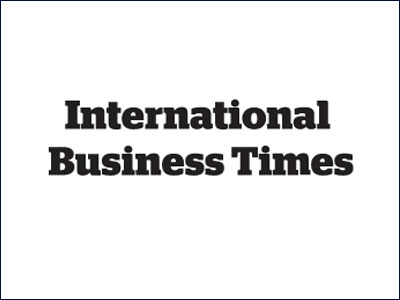More change has been foisted upon businesses in the last three months than most of us could have ever imagined. The COVID-19 pandemic has turned some companies upside down, and forced many more to recalibrate their business strategy. Small and medium businesses have had to adjust to new realities across their enterprises, from revenue decreases and spending cuts, to supply chain interruptions and new e-commerce models, to layoffs and work from home programs.
In some companies, the pandemic exposed all of the gaps and problems in the systems they were using to manage their businesses — whether that be a set of disconnected point solutions and spreadsheets, or an old, brittle Enterprise Resource Planning (ERP) system. [Editor’s note: ERP refers to a type of software that organizations use to manage day-to-day business activities; it often also includes tools to plan, budget, predict, and report on an organization’s financial results. ERP systems tie together a multitude of business processes and enable the flow of data between them.]
How To Approach Your ERP Selection During The Pandemic
While these solutions they used may have been “good enough” in relatively stable times, many realized that they fell short when it came to helping their companies pivot to new market and regulatory conditions.
If your business was able to overcome these shortfalls, you may be thinking about how you can be better prepared to respond to the inevitable stream of changes that await us all.
Manufacturing and Supply Chain Expert Lisa Anderson, MBA, CSCP, CLTD, president of LMA Consulting Group Inc. was a panelist on a webinar to discuss key considerations for companies looking to put a new ERP system in place. To listen to the webinar, click here. (You must register to view the webinar.)
Published in International Business Times on June 1, 2020



